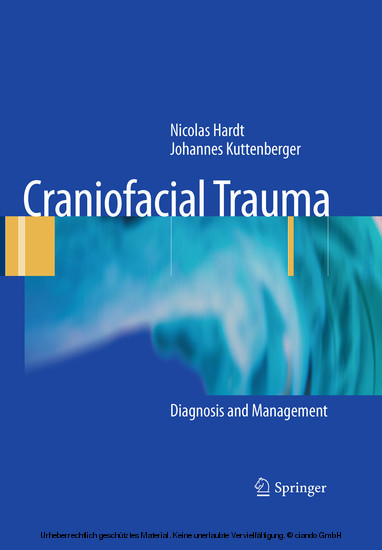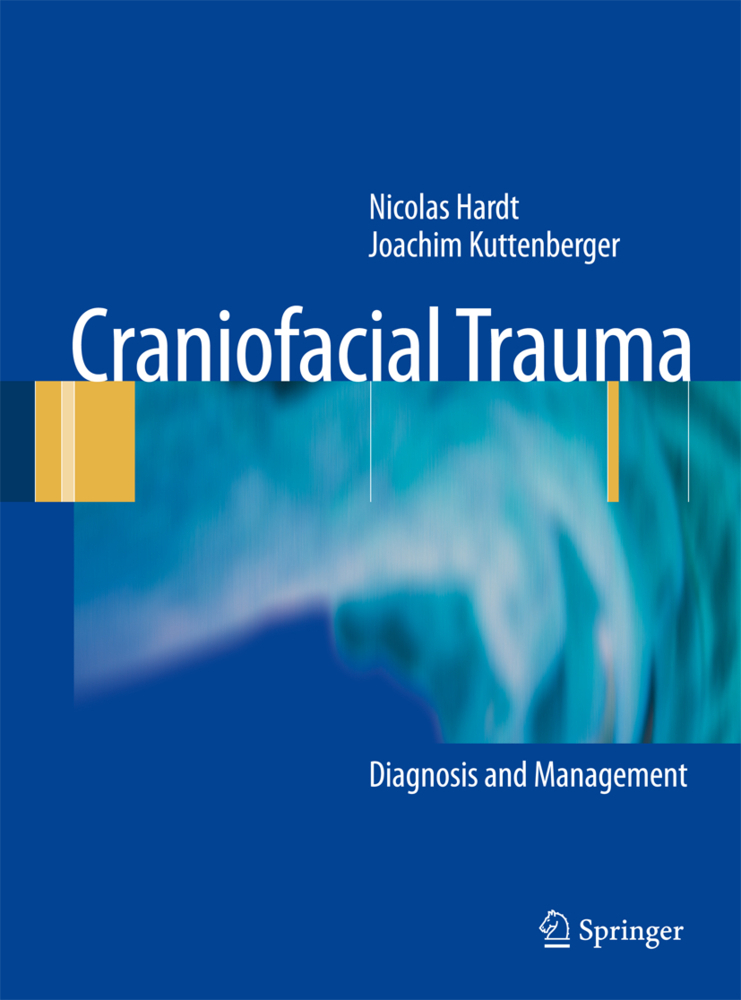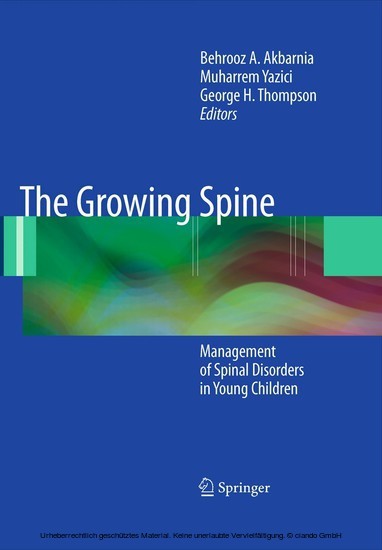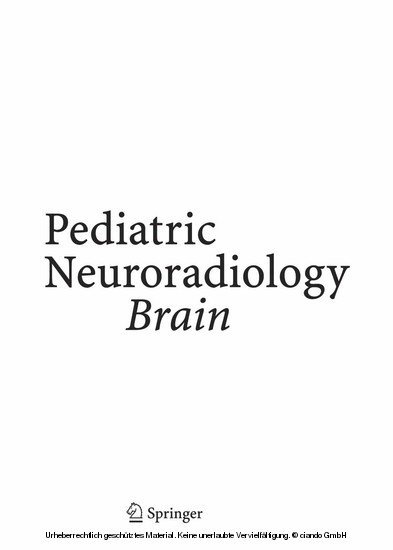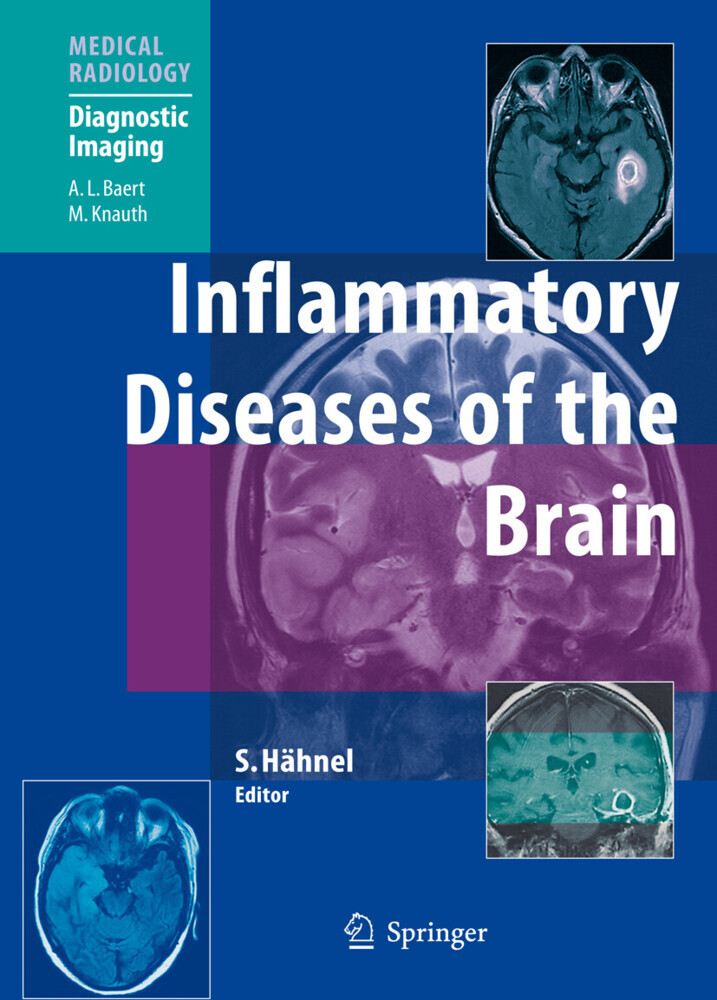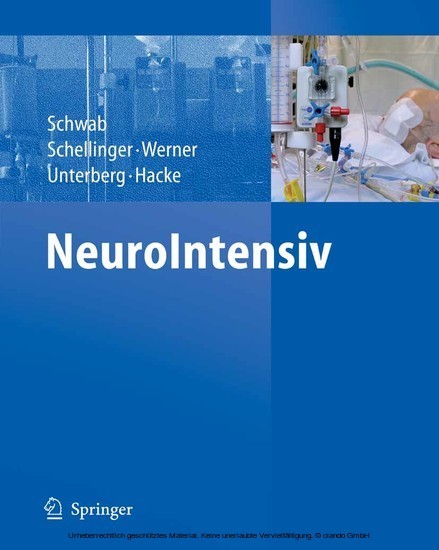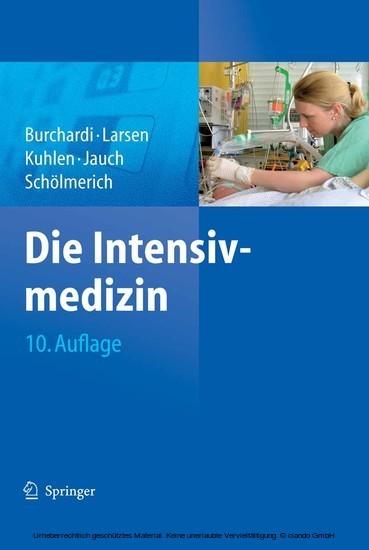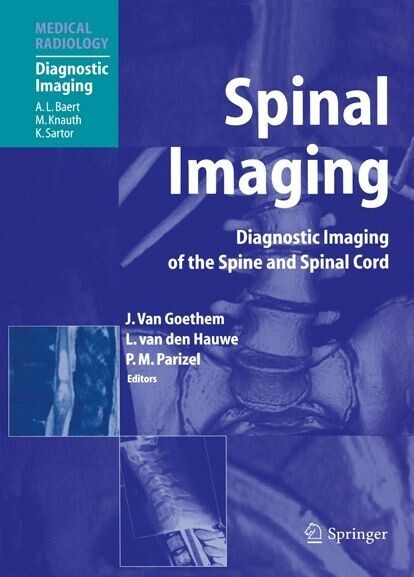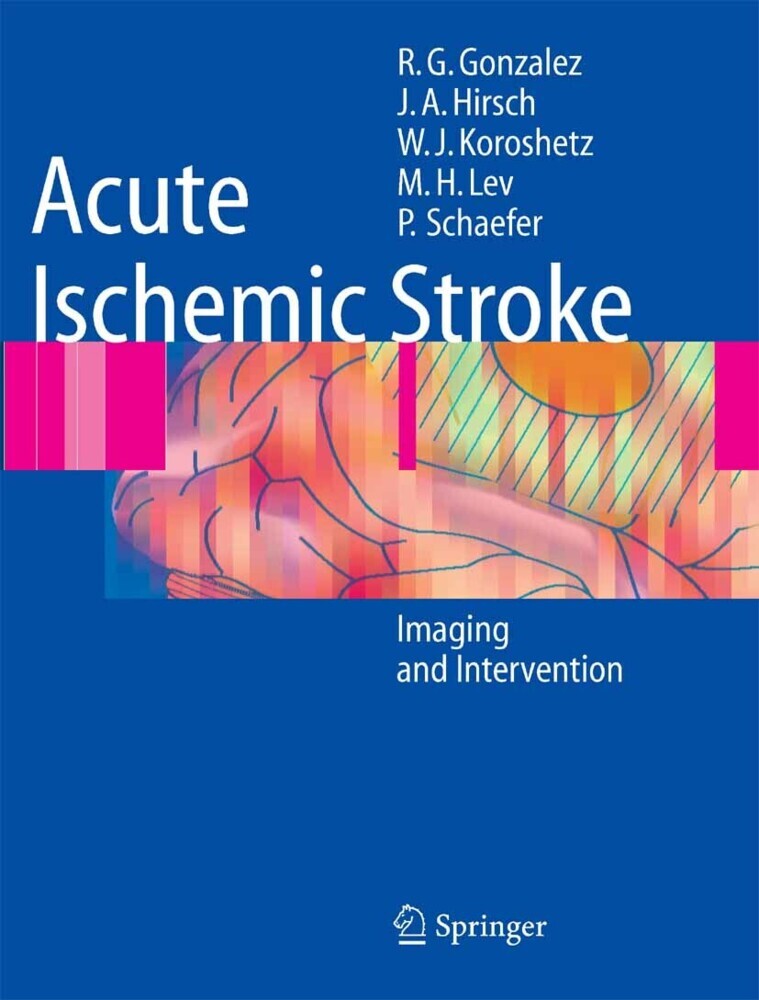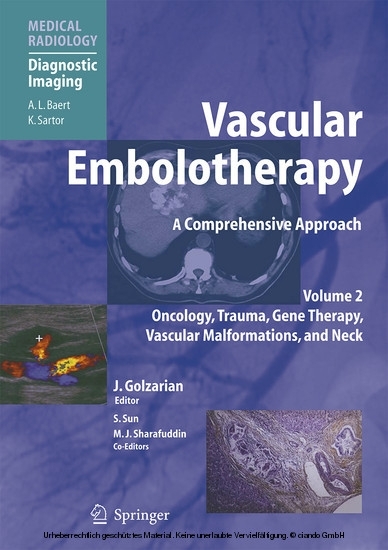Craniofacial Trauma
Diagnosis and Management
Craniofacial Trauma, Diagnosis and Management offers detailed guidance on the diagnosis, surgical planning, and interdisciplinary treatment of craniofacial trauma. The book is divided into two parts. The first, devoted to classification and diagnosis of craniofacial fractures, includes chapters on anatomy, radiology, fracture classification, fracture mechanisms, epidemiological aspects, symptoms, and specific related aspects of neuro-craniofacial injuries. The second part addresses the treatment of craniofacial trauma, examining operative principles and providing step-by-step descriptions of a variety of hard and soft tissue reconstructive procedures. Complications and late sequelae following craniofacial reconstruction are examined, and a further chapters is devoted to delayed reconstruction of craniofacial defects. New developments and the role of computer-assisted treatment planning are discussed in the final section. This manual will provide an indispensable reference for residents in maxillofacial training and for maxillofacial/ neurosurgeons in the specialized field of craniofacial traumatology.
1;Preface;7 2;Contents;8 3;Contributors;14 4;Part I Classification and Diagnosis;15 4.1;Anatomy of the Craniofacial Region;16 4.1.1;1.1 Anterior Skull Base;16 4.1.2;1.1.1 Cribriform Plate/Crista Galli;16 4.1.3;1.1.2 Fossa Olfactoria;17 4.1.4;1.1.3 Roof of the Orbit;20 4.1.5;1.1.4 Dura;20 4.1.6;1.1.5 Arterial Supply: Skull Base/Dura;20 4.1.7;1.2 Paranasal Sinuses;20 4.1.8;1.2.1 Frontal Sinus;20 4.1.9;1.2.2 Ethmoid;20 4.1.10;1.2.3 Sphenoid;22 4.1.11;1.3 Midface Skeleton;22 4.1.12;1.4 Subcranial and Midface Skeleton;24 4.1.13;References;24 4.2;Radiology of Craniofacial Fractures;27 4.2.1;2.1 Conventional X-Rays;27 4.2.2;2.2 Computed Tomography;27 4.2.3;2.3 Magnetic Resonance Imaging (MRI);31 4.2.4;2.4 Ultrasonography;31 4.2.5;2.5 Diagnostic Algorithm 2.5.1 General Considerations;32 4.2.6;2.5.2 Craniocerebral Trauma;33 4.2.7;2.5.3 Skull Base Fractures;37 4.2.8;Increased intracranial pressure?;38 4.2.9;2.5.4 Midface Fractures;39 4.2.10;Skull base fractures;39 4.2.11;CT;39 4.2.12;CT;39 4.2.13;CT;39 4.2.14;References;40 4.3;Classification of Craniofacial Fractures;42 4.3.1;3.1 Frontobasal: Frontofacial Fractures;42 4.3.2;3.1.1 Anatomical Classification: Skull Base Fractures;43 4.3.3;3.1.2 Topographic Classification: Skull Base Fractures;43 4.3.4;3.2 Midface Fractures;44 4.3.5;3.2.1 Standard Classifications;44 4.3.6;3.2.2 Central Midface Fractures;45 4.3.7;3.2.3 Centrolateral Midface Fractures;46 4.3.8;3.2.4 Skull Base and Fracture Levels in the Region of the Septum;47 4.3.9;3.2.5 Lateral Midface Fractures;47 4.3.10;3.2.6 Midface: Combined Fractures;49 4.3.11;3.2.7 Naso-Orbito-Ethmoidal Fractures ( NOE Fractures);49 4.3.12;3.2.8 Cranio-Frontal Fractures;51 4.3.13;3.3. Craniofacial Fractures 3.3.1 Skull Base- Related Classification;51 4.3.14;3.3.2 Subcranial Facial Fractures;56 4.3.15;3.3.3 Craniofacial Fractures 3.3.4 Central Cranio-Frontal Fractures;58 4.3.16;3.3.5 Lateral Cranio-Orbital Fractures;58 4.3.17;References;63 4.4;Mechanisms of Craniofacial Fractures;66 4.4.1;4.1 Fractures of the Skull Base;66 4.4.2;4.1.1 Burst Fractures;66 4.4.3;4.1.2 Bending Fractures;66 4.4.4;4.2 Frontofacial: Frontobasal Fractures 4.2.1 Fracture Mechanism;67 4.4.5;4.3 Midfacial: Frontobasal Fractures;67 4.4.6;4.3.1 Trauma Factors;67 4.4.7;4.3.2 Impact Forces and Vectors;68 4.4.8;4.3.3 Structural Resistance and Energy Absorption;68 4.4.9;4.3.4 Impact Surface;70 4.4.10;4.3.5 Position of the Skull;71 4.4.11;References;71 4.5;Epidemiological Aspects of Craniofacial/ Skull Base Fractures;73 4.5.1;5.1 Epidemiology;73 4.5.2;5.2 Skull Base Fractures/Meningeal Injuries;74 4.5.3;5.2.1 Frequency;74 4.5.4;5.2.2 Localization;74 4.5.5;5.3 Midface: Skull Base Fractures;74 4.5.6;5.3.1 Involvement of the Skull Base in High Midface Fractures;75 4.5.7;5.3.2 Dural Injuries;75 4.5.8;5.4 Cranio-Fronto-Ethmoidal Fractures;76 4.5.9;5.4.1 Frontal Sinus: Midface Fractures;76 4.5.10;5.5 Distribution According to Age 5.6 Distribution According to Gender;77 4.5.11;5.7 Associated Injuries;78 4.5.12;5.7.1 Thoracic, Abdominal, and Cervical Spine Injuries;78 4.5.13;5.7.2 Eye Injuries;79 4.5.14;5.7.3 Facial Soft-Tissue Injuries;79 4.5.15;5.8 Special Fractures and Complications;79 4.5.16;5.8.2 Gunshot Wounds and Tissue Avulsion;79 4.5.17;5.8.3 Complicating Effects;83 4.5.18;References;84 4.6;Craniofacial Fracture Symptoms;87 4.6.1;6.1 Combined Skull Base and Midface Fractures;87 4.6.2;6.1.1 Certain Signs of Skull Base and Dural Injuries;87 4.6.3;6.1.2 Uncertain Signs of Skull Base and Dural Injuries;91 4.6.4;6.1.3 Questionable Signs of Skull Base Fractures;104 4.6.5;6.2 Midface Injuries (Clinical Signs);105 4.6.6;6.2.1 Central Midface Fractures without Abnormal Occlusion ( NOE Fractures);105 4.6.7;6.2.2 Central Midface Fractures with Abnormal Occlusion ( Le Fort I and II);105 4.6.8;6.2.3 Centrolateral Midface Fractures with Abnormal Occlusion ( Le Fort III);106 4.6.9;6.2.4 Lateral Midface Fractures;106 4.6.10;6.3 Orbital Injuries 6.3.1 Orbital Soft- Tissue Injuries;107 4.6.11;6.3.2 Orbi
Hardt, Nicolas
Kuttenberger, Johannes J.
| ISBN | 9783540330417 |
|---|---|
| Artikelnummer | 9783540330417 |
| Medientyp | E-Book - PDF |
| Auflage | 2. Aufl. |
| Copyrightjahr | 2010 |
| Verlag | Springer-Verlag |
| Umfang | 278 Seiten |
| Sprache | Englisch |
| Kopierschutz | Digitales Wasserzeichen |

